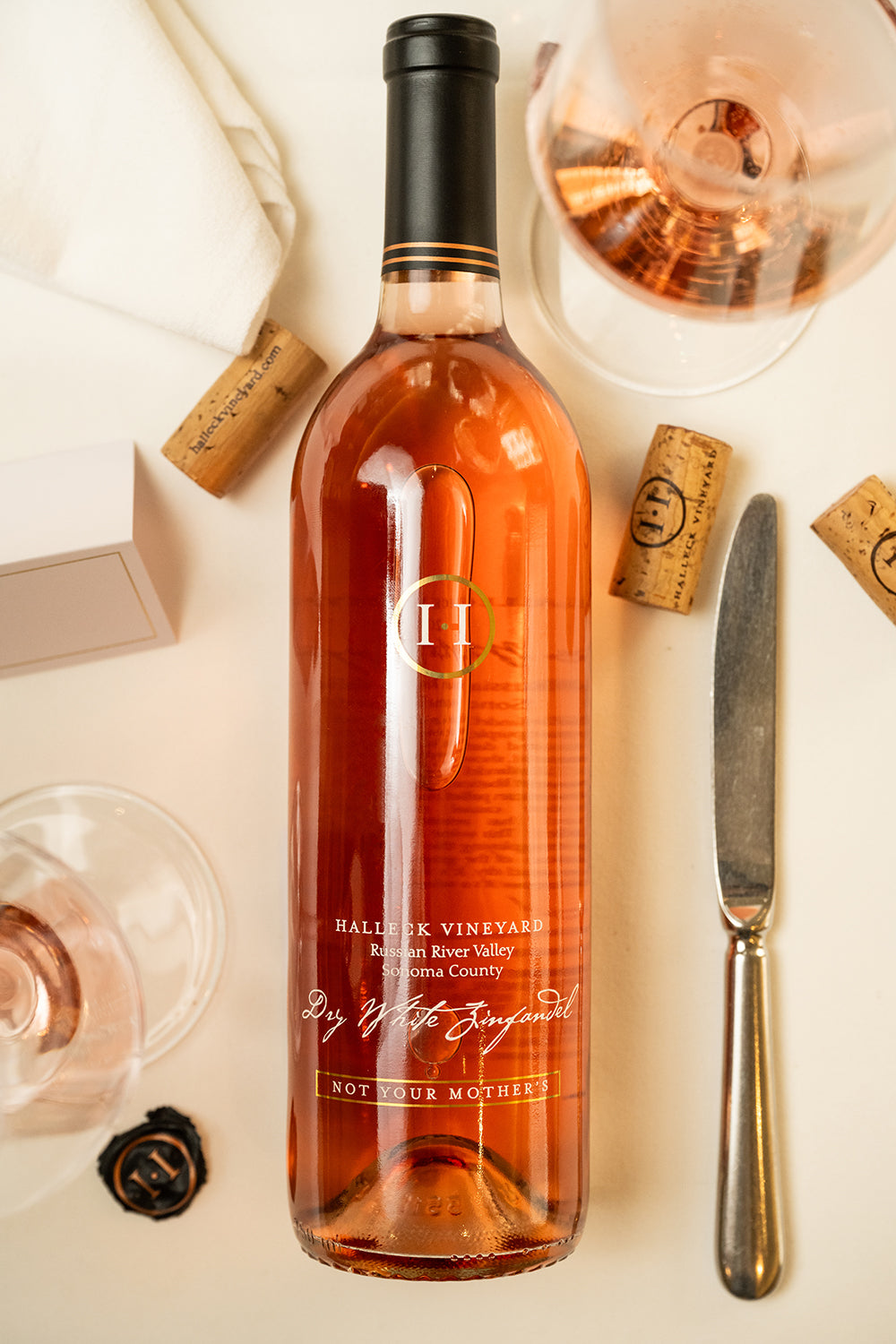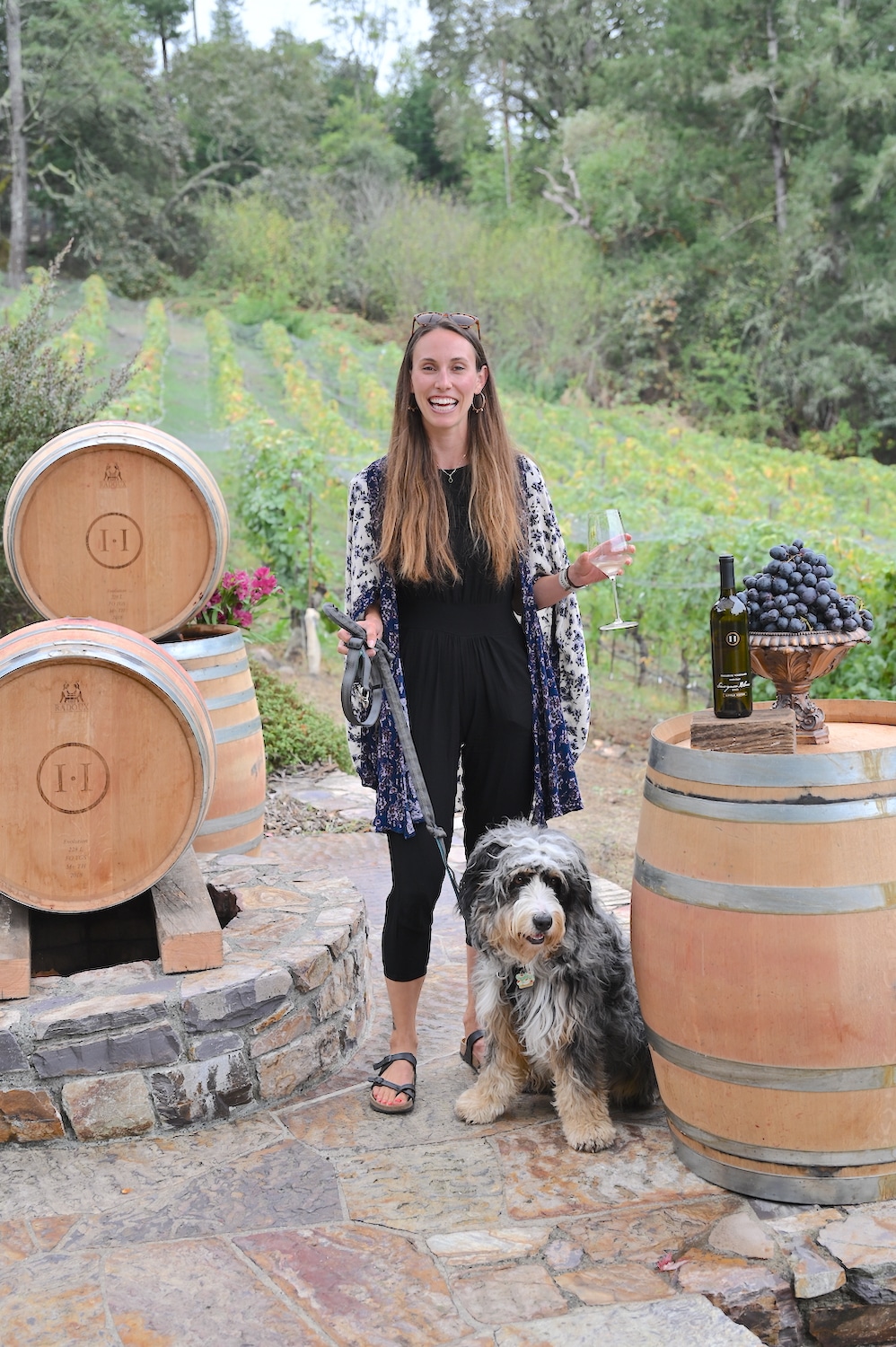Wineries Known For Handcrafted Wines - Sonoma's Premier Wine Tasting Events
Wineries Known For Handcrafted Wines - Sonoma's Premier Wine Tasting Events
Blog Article
Beautiful Picnic Areas At Sonoma Wineries - Top Sonoma Wineries To Visit
Wine tasting is an art that requires practice and an understanding of various aspects involved in the process. One essential element of wine tasting is the development and interpretation of tasting notes, which function a guide for both novices and seasoned connoisseurs. A Guide To Understanding Winery Wine Tasting Notes can enhance your wine-tasting experience, making it extra meaningful and enjoyable.
Tasting notes are concise descriptions that seize the essence of a wine’s flavors, aromas, and overall character. Usually composed by professional tasters, winery tasting notes offer insights into the nuances of various wines. They may help wine enthusiasts perceive what to anticipate from a particular bottle. Nevertheless, tasting notes can vary extensively in style and element based mostly on the writer's experience and palate.
Small Batch Wineries In Sonoma Valley - The Beauty Of Sebastopol Wineries
When you first approach a glass of wine, your senses will start to interact instantly. The sight, smell, and style of the wine will converge to provide you a complete experience. Tasting notes generally begin with the visible evaluation, the place the colour of the wine is taken under consideration. Shade performs a big position in indicating the wine’s age, grape selection, and even its flavor profile.
After assessing the visible facet, the following step involves swirling the wine in the glass. This action aerates the wine, permitting its aromas to awaken. Smelling the wine supplies crucial insight into its complexity. The initial sniff can deliver a flood of scents which will include fruity, floral, herbal, or earthy notes. This is commonly the most subjective a part of tasting, as individual experiences can dramatically differ.
In winery tasting notes, descriptors are often categorized into major, secondary, and tertiary aromas. Major aromas often stem from the grape selection, secondary aromas derive from fermentation processes, and tertiary aromas come up from growing older. Understanding these classes might help you appreciate the depth of a wine, and they additionally provide the vocabulary to specific your experience higher.
Wineries In Sebastopol - Wine Tasting Activities In Sebastopol
Following the olfactory encounter, your focus will shift to the style of the wine. This is where the primary characteristics—sweetness, acidity, tannins, alcohol—come into play. Tasting notes typically element these flavors in multiple dimensions, including the initial assault in your palate to the lingering finish in your tongue. A high-quality wine will present a harmonious stability between these components.
While tasting, it's essential to contemplate the body of the wine, which may be described as light, medium, or full. The physique contributes significantly to your overall impression, serving to you think about how the wine pairs with food or whether it stands alone as a sipping wine. Balancing the physique with the other traits will provide you with a fuller understanding of what the wine has to offer.
The finish of the wine, also referred to as the aftertaste, is one other crucial aspect usually included in tasting notes. A lengthy, nice end often indicates a higher quality wine, while a brief or cloying aftertaste could recommend otherwise. Evaluating the end can offer additional insight into the wine's complexity and distinction.
Understanding the context of winery tasting notes is also valuable. Tasting notes can present contextual information about the winery's location, climate, and grape-growing practices. This context provides another layer of appreciation for the wine, permitting enthusiasts to attach the sensory experience with its origins, thus enhancing the enjoyment further.
Wineries With Beautiful Architecture - Sonoma Wine Tasting Adventures
Many wineries present tasting notes on their web sites or labels, typically written in an approachable yet informative style. Nonetheless, not all winery tasting notes are created equal. Some may be overly technical, whereas others may prioritize marketing aptitude over insightful evaluation. Learning to navigate these notes can arm you with the data to make knowledgeable choices when selecting wines.
Collaborating in tastings at wineries also can deepen your understanding of wine tasting notes. Interacting with knowledgeable staff can provide you a more hands-on approach to exploring completely different wines and the language used to explain them. Wineries Producing Pinot Noir And Chardonnay. You Will have the chance to ask questions, interact in discussions, and potentially refine your palate in real time.
Experimentation is essential for mastering wine tasting notes. As you pattern totally different wines, try making your individual notes. Focus on describing the wine’s shade, aroma, taste, and finish. Over time, you’ll develop a private vocabulary that resonates together with your sensory experiences. Each note you create will assist refine your palate, permitting you to appreciate wines at a deeper level.
Wineries With Sustainable Practices - Best Wineries For Wine Tasting Sonoma Area
In conclusion, a Guide To Understanding Winery Wine Tasting Notes offers a complete framework for diving into the world of wines. It equips you with the strategies and language necessary to articulate your experiences. Whether Or Not you are a casual drinker or a dedicated aficionado, understanding and using tasting notes can profoundly impact your wine journey. This knowledge not only enhances you can look here your enjoyment but also connects you deeply with the rich narratives each bottle tells. By embracing this journey, you become part of the beautiful mosaic of wine culture, the place each sip unveils a brand new story ready to be found.
- Wine tasting notes sometimes encompass quite a lot of sensory descriptions, including aroma, flavor, acidity, body, and end, permitting tasters to completely respect the wine's characteristics.
- To enhance your understanding, familiarize your self with frequent wine terminology similar to "tannins," "oakiness," or "terroir," which might help decipher the notes more effectively.
- A systematic method to tasting includes first visually assessing the wine's colour and clarity, followed by swirling to launch aromas, then inhaling and describing what you experience.
- Taking notes during tasting can help identify patterns over time, bettering your palate and making it simpler to recall preferences for future choices.
- Don't overlook the affect of food pairings; tasting notes can differ significantly when a wine is enjoyed with complementary flavors, altering notion and pleasure.
- Pay consideration to the wine’s vintage, as climatic conditions in a given year can considerably affect the final product, including another layer to the tasting notes.
- Consider the winemaker's style and philosophy, which might form the wine's profile and impact how its notes evolve with every sip.
- Training with totally different grape varieties can broaden your vocabulary; every kind brings unique characteristics that may enhance your ability to articulate tasting notes effectively.
- Partaking with wine professionals or attending tasting events can present priceless insights, providing a richer context for understanding personal tasting notes.
- Remember that tasting is subjective; individual preferences and experiences will shape one’s interpretation of the identical wine, enriching the overall enjoyment of wine exploration.
What are wine tasting notes?
Wine tasting notes are descriptive feedback made by tasters concerning the look, aroma, taste, and end of a wine. They present an summary of the wine's traits and can help shoppers perceive the style and quality of the wine.
Vineyard Picnic Spots In Sonoma Valley - Luxury Wine Tasting In Sonoma County
Why are tasting notes essential when choosing wine?
Tasting notes can guide you in selecting a wine that fits your palate. They provide insights into flavors and aromas, serving to you to match wines with food or occasions. Understanding these notes enhances your general wine experience.
How should I learn wine tasting notes?
(Celebrated Winemakers To Discover In Sonoma)
Wineries With A Focus On Syrah - Tasting Rooms In Sebastopol

When reading wine tasting notes, pay consideration to the structure: look for descriptions of shade, aroma, flavor, and finish. This will assist you to grasp the wine's profile and decide if it aligns together with your preferences.
What phrases commonly appear in wine tasting notes?
Frequent terms embrace "tannin" (the structure), "acidity" (the crispness), "physique" (the weight), and varied flavor descriptors like "fruity," "earthy," or "spicy." Familiarizing yourself with these phrases can deepen your understanding of wine.
Wineries Offering Elegant Wine Tastings - Exploring The Vineyards Of Sonoma
Can I create my own tasting notes?
Yes! Writing your own tasting notes can enhance your wine tasting experience. Focus in your observations of style, aroma, and different sensory characteristics. This personal practice might help you refine your palate over time.
How do I determine the aromas in wine tasting notes?
Wineries With Unique Wine Blends - Wine Tours And Tastings In Sebastopol
To establish aromas, practice smelling a wide range of scents and associating them with wines. Swirl the wine in your glass to release its aromas, then take a moment to breathe in deeply before identifying any outstanding scents.

What is the distinction between professional and private read this article wine tasting notes?
Professional tasting notes may use more technical language and specific terminology, whereas personal tasting notes are subjective and reflect particular person experiences. Both are useful for understanding and enjoying wine, but personal notes might resonate extra with your distinctive tastes.
How can tasting notes enhance my wine appreciation?